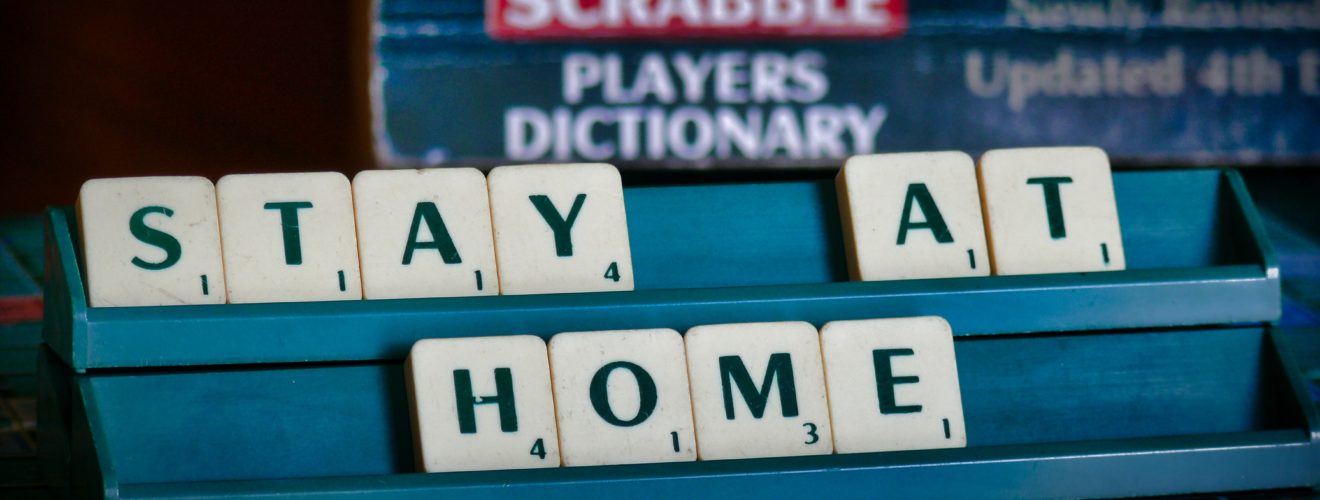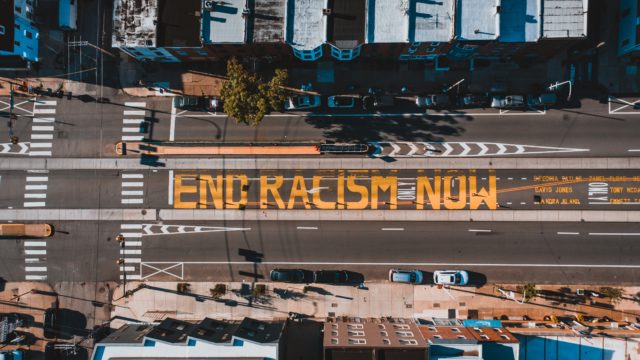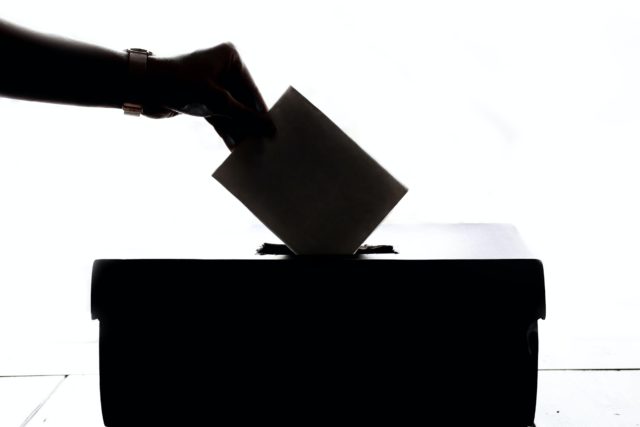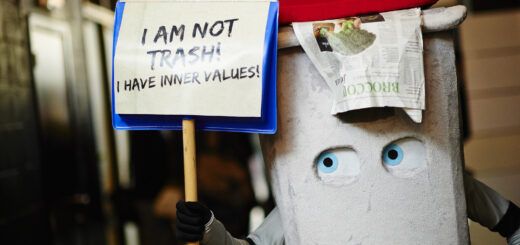Powerful Conversations in 2020

“Happy New Year” everyone shouted in excitement as the clocks struck midnight and we entered a new decade. As it began, 2020 was declared to be the year of real new beginnings and change for good that the world so desperately needed … if you can remember back that far.
As news travelled west that there was a viral outbreak in China, there was growing concern. The virus was described to be similar to those involved with SARS and MERS, but the infection was insidious and spread quickly due to increased travel around the world during the Chinese New Year festivities. Despite the worry that emerged due to the high infection and death rate, the UK government announced they were well-prepared for a domestic outbreak. Worry was replaced with confusion as scientific experts explained that this was a novel coronavirus with a non-definitive transmission route and pathology, but the government was adamant that there was a low risk of an outbreak appearing in the UK as it did in China.
The news surrounding COVID-19 dominated the media and daily conversation as January led into February. Following China’s footsteps, countries around the world began creating a plan of action that would lead to national lockdowns but the UK resisted, ignored scientific advice, and failed to respond. That was until the 23rd of March 2020 when ‘normality’ as we knew it ceased.

Photo by Kelly Lacy from Pexels
In the modern age, most people around the world rely heavily on social media to cultivate and preserve human interaction. When normal face-to-face communication is completely replaced with the virtual and digital equivalents, the dependency increases. Netflix’s ‘The Social Dilemma’ revealed some hard-hitting truths regarding social media use and advertising from the creators. We learned that we are essentially manipulated as users into spending more time scrolling through apps, creating individual, distinct, and artificial echo chambers that serve the purpose of enabling brands and companies alike to promote personalised advertisements to us. Social media has been engineered to be addictive. With lockdown enforced across much of the world, the power of social media was arguably boosted more than ever.

Photo by Element5 Digital from Pexels
More scientific evidence of COVID-19’s pathogenesis was published, revealing that members of Black, Asian and Minority Ethnic (BAME) communities were disproportionately more at risk of contracting the virus and subsequently dying from the disease. When the UK’s Institute for Fiscal Studies (IFS) released their report into these findings, it was apparent that despite making up a small percentage of the total UK population (~13%), members of the BAME communities are more likely to be employed in essential industries as key workers or in industries that were completely shut down (i.e. hospitality). Amongst many other risk factors, health inequity and lack of safety for these communities played a huge role in the increased numbers of infections and deaths in comparison to their White counterparts1.
Unease radiated throughout the enquiry and in many conversations on social media, with the death of transport worker Belly Mujinga in April, following a frightening verbal attack from a man who claimed to have the virus, acting as a direct example of what the data suggested.
Then, on the 25th of May 2020, George Floyd was horrifically killed in broad daylight by a police officer who kneeled on his neck for 8 minutes and 46 seconds. The video was posted on social media and the world watched as another Black human being’s life was taken due to systemic, institutional racism and hatred. Even in the middle of a global viral pandemic, the pandemic of racial violence is extremely rife. This was another demonstration that Black lives are not considered valuable. The Black community’s lives are threatened by both a virus and the people sworn to protect the public.
News of George Floyd’s murder reignited the Black Lives Matter (BLM) movement like never before. The African diaspora especially shared their anger, fear, pain, and experiences of racism in light of the news to the masses on social media. Protests and demonstrations took place all over the world declaring that Black lives matter. An attempt of public atonement to complicity in racism was widespread. Education systems, government policies, and training in the workplace were challenged to be decolonised and more inclusive. For the first time in some people’s lives, they had to get uncomfortable with the truth they knew in their hearts but never wanted to face. Frank conversations and stories from the Black community revealed deep wounds and the White people that listened were confronted with decisions to make about their actions going forward. This was the beginning of a revelation and a revolution for many.
At long last, the US Presidential Election was here. It was time for the American people to decide who they wanted to lead their country following Donald Trump’s reign. After 4 years of Trump spreading his bigotry and disdain for marginalised communities, it was evident that many people wanted to vote him out of the White House. This year especially, the world witnessed Trump’s incompetence to lead a progressive country as he disregarded scientific advice on COVID-19, he recklessly suggested that the public should inject bleach into their bodies and called for the police to use excessive force and tear gas on BLM protesters. Once again, everyone’s online echo chamber was filled with the same conversation and this time it was news about the US election. Whether or not you were American, everyone was inundated with information regarding Biden and Trump’s campaign, and what a Democratic or Republican win would entail.
65% of those eligible to vote made their decision, a much higher turnout that has been seen in over 100 years2.
After 3 nail-biting days, the 8th of November saw Joe Biden become President-Elect with Kamala Harris as Vice President-Elect. Certainly, a win for people who have spent so long being underrepresented and unappreciated. Not only were there more voters overall, but this election saw the highest number of Black voters getting involved, with 87% of them voting for a Democratic win, reported by the exit polls3.
The events of the few months prior to the election in November gave a slight indication as to where the majority of voters would place their allegiance, depending on various factors but most importantly, their ethnicity. Black voters showed up in record numbers, Donald Trump became one of the few Presidents not to serve two full terms and Kamala Harris will be the first Black woman to serve as Vice-President.
Aside from making the top 1% richer and having negative effects on impressionable individuals, social media has often been used for good. Is that what happened in 2020? Life in a national lockdown due to COVID-19 removed day-to-day distractions as people spent most of their time inside their homes with conversations happening online and their thoughts being the loudest voice in a room. Everyone’s online echo chamber included the topic of COVID-19, racial injustice, and the American Presidential election, making it impossible for life to continue as normal. The magnitude of responses and conversations surrounding the events that took place in 2020 could not have been a coincidence but instead a consequence of increased virtual human interaction on social media and powerful conversations happening in 2020.
This article was specialist edited by Jen Allerton and copy-edited by Dzachary Zainudden
References
- https://www.ifs.org.uk/inequality/chapter/are-some-ethnic-groups-more-vulnerable-to-COVID-19-than-others/
- https://www.washingtonpost.com/graphics/2020/elections/voter-turnout/” style=”text-decoration:none;
- https://www.nytimes.com/interactive/2020/11/03/us/elections/exit-polls-president.html” style=”text-decoration:none;










